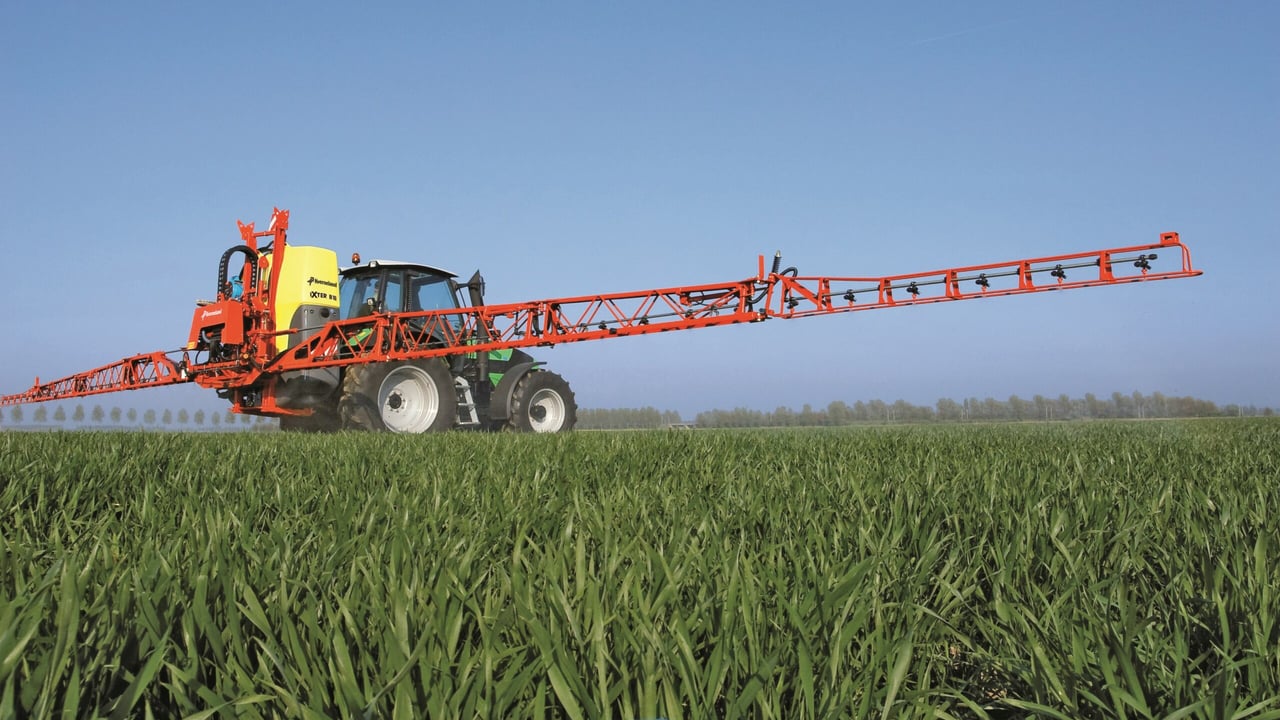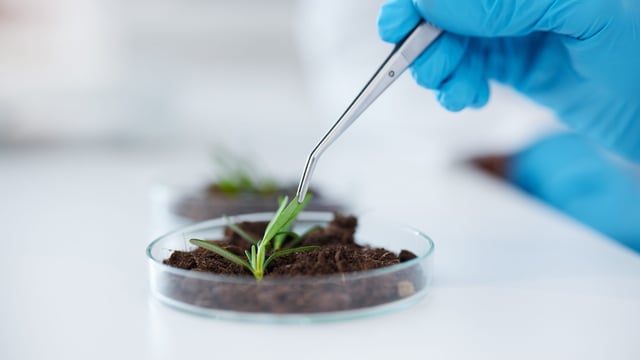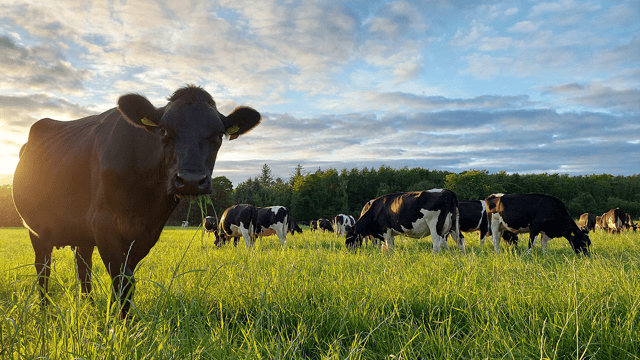EU launches assessment of pesticides in imported products
The European Commission has launched an impact assessment on potentially hazardous pesticides in imported products.
The assessment is being carried out with a view to strengthening the alignment of the EU's production standards to imported goods.
The EU's Vision for Agriculture and Food committed the commission to "establish a principle that the most hazardous pesticides banned in the EU for health and environmental reasons are not allowed back to the EU through imported products".
This reciprocity aims to guarantee that the EU’s "ambitious standards" do not lead to competitive disadvantage for EU farmers and the agri-food sector, while responding to consumers’ expectations, the commission said.
"The impact assessment is an important step towards understanding the economic, environmental and social impact a greater coherence in requirements could have when it comes to the most hazardous pesticides banned in the EU," the commission said.
The assessment will examine notable potential impacts on trade flows for the EU, the competitiveness of European producers and the potential impact on consumers.
The impact assessment will inform further policy action, including a possible legislative proposal to be presented by the commission on the issue.
The impact assessment will provide the analytical basis for potential amendments to the existing legal framework to progress towards a greater reciprocity of standards.
It will also include a study carried out by the commission's Joint Research Centre (JRC), which will be evidence-based, and will allow for a thorough evaluation of potential impacts and stakeholder input. The preliminary study is expected to be concluded by summer 2026, and the next steps of the impact assessment will follow, the commission said.
The commission is currently developing the analytical basis for the impact assessment.
The key issues to be addressed by the impact assessment, according to the commission, are:
- Evaluating the competitive advantage or disadvantage created by aligning standards;
- Analyse the potential cost implications in both the EU and third countries as well as for different products;
- Assess the impact on trade and market access for EU and third-country producers;
- Assess environmental and social impacts.
The scope of the study that will be carried out by the JRC is expected to identify the most hazardous substances banned in the EU currently subject to import tolerances (maximum residue levels or MRLs); the agricultural products to which they are currently applied; and analyse in detail the corresponding trade flows.
It will also assess the impact on farmers, suppliers and consumers of establishing a closer alignment of production standards that apply to imported products.





